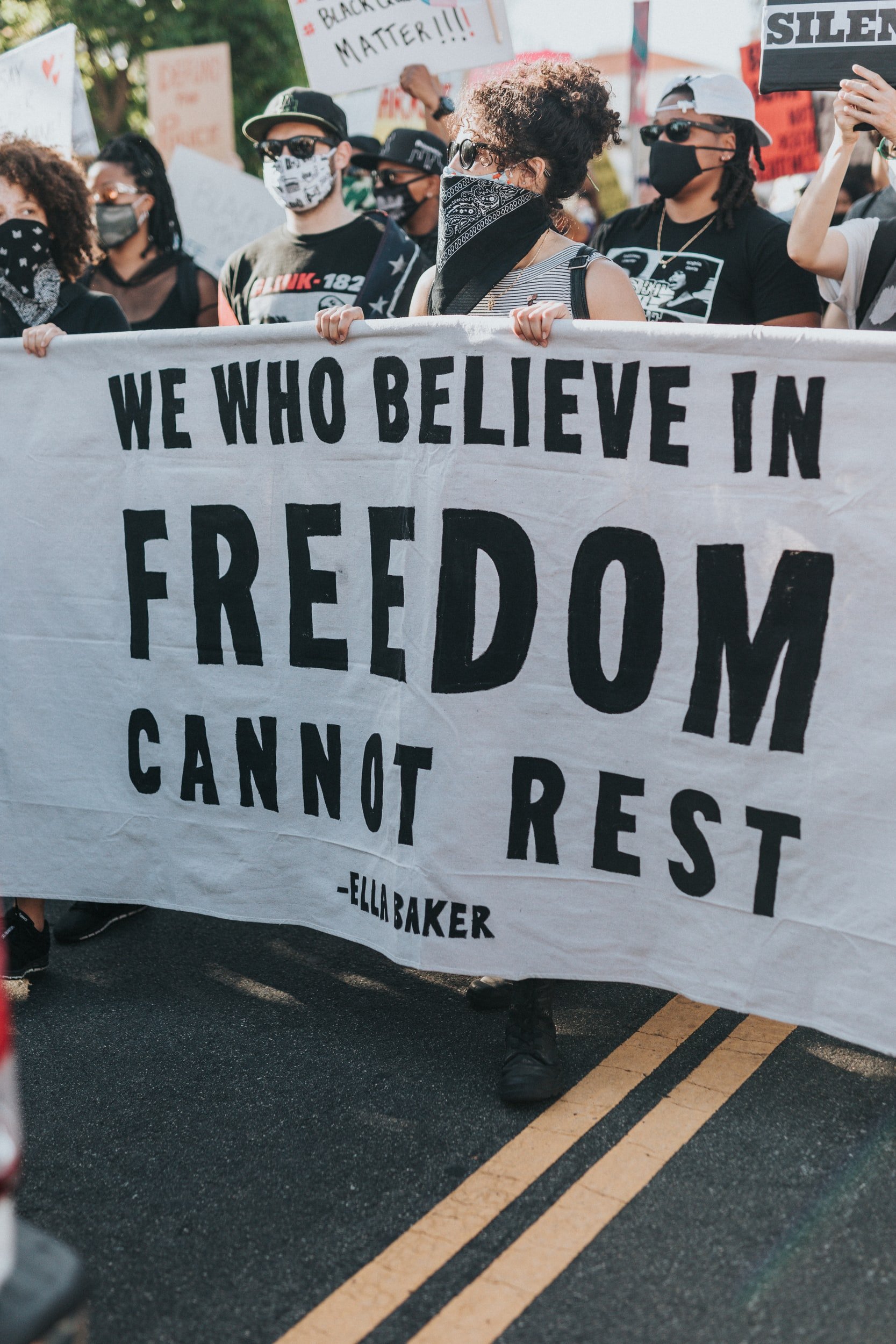The Challenges of Local Black History
Black history is under attack. Even now, people in power are questioning whether Black history should be taught in school as they think it’s “unpatriotic” and “negative” to think about how America, the land of the free, has been built on the backs of African Americans since the 1600’s. People are reluctant to teach a history that paints the white men who American history has idolized for the last 250 years in a bad light, regardless of the truth. Even finding academic research about Black history is challenging, particularly local history.
I have witnessed these challenges firsthand as I have tried to pull together local history for the Govans neighborhoods. I have grown increasingly frustrated as I tried to find recorded history of Black Americans living in Govans during the formation of the neighborhood. The majority of the pictures that I was able to find depicted rich white men, occasionally white women, and even more rarely some famous Black people. For every thousand pictures of white people I saw, I probably saw one or two pictures of Black people.
This racial discrepancy of recorded history is very disheartening to see but unfortunately not surprising, seeing as some people still are reluctant to teach an honest version of American history. Even though older American history is not representative of all experiences, that should be more motivation that current history should be as well-rounded as possible, documenting the true American story. In order for our students to understand the society we live in as well as understand their responsibility to each other we must acknowledge and teach our past honestly to promote an anti-racist society. Another reason that a true American history is necessary is so that young people can see themselves in the history books and see the changes that people like them can make. Seeing people that look like you in a history book can show you the change that you can make in the world.
— Emily Manzo
